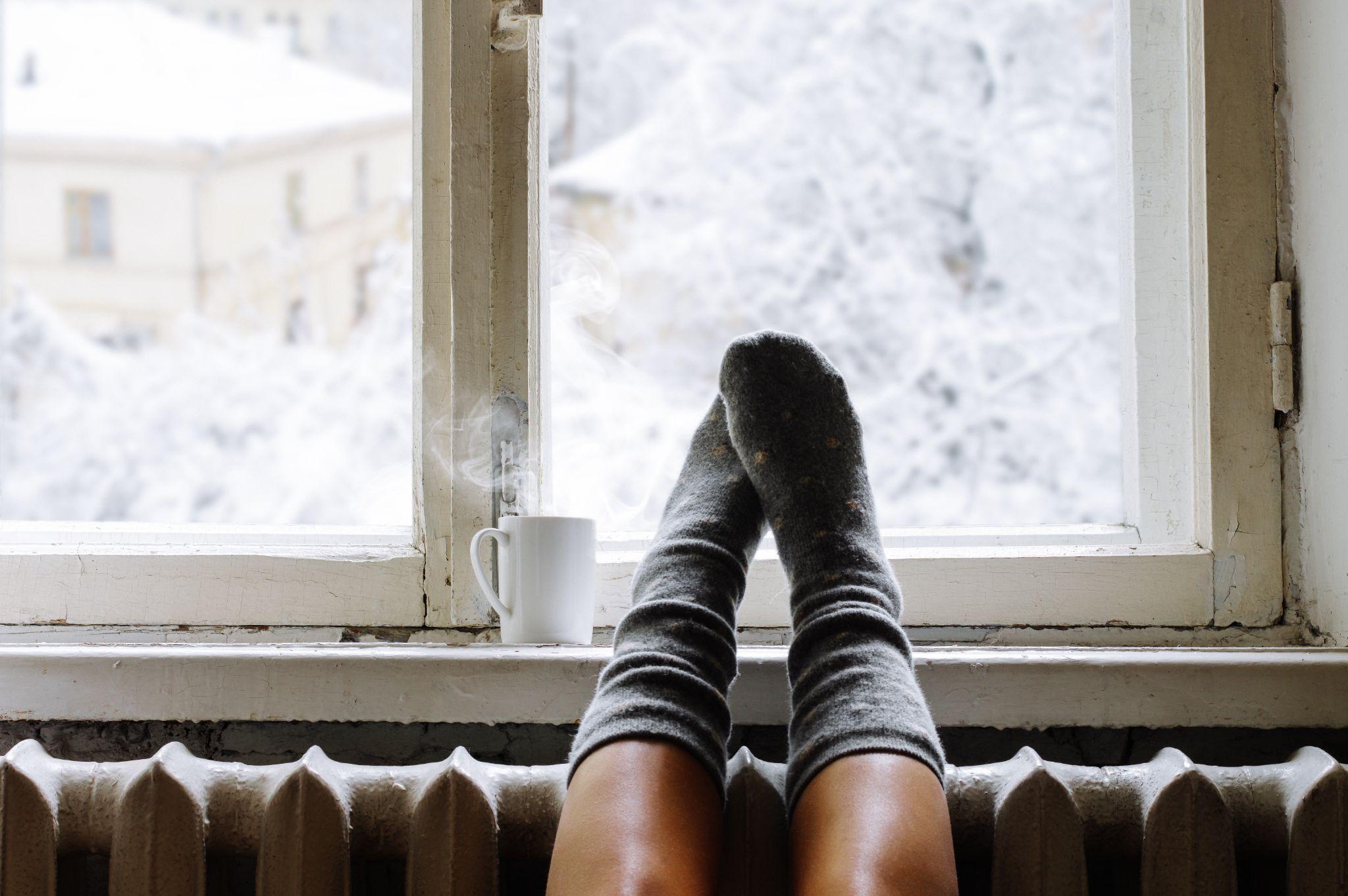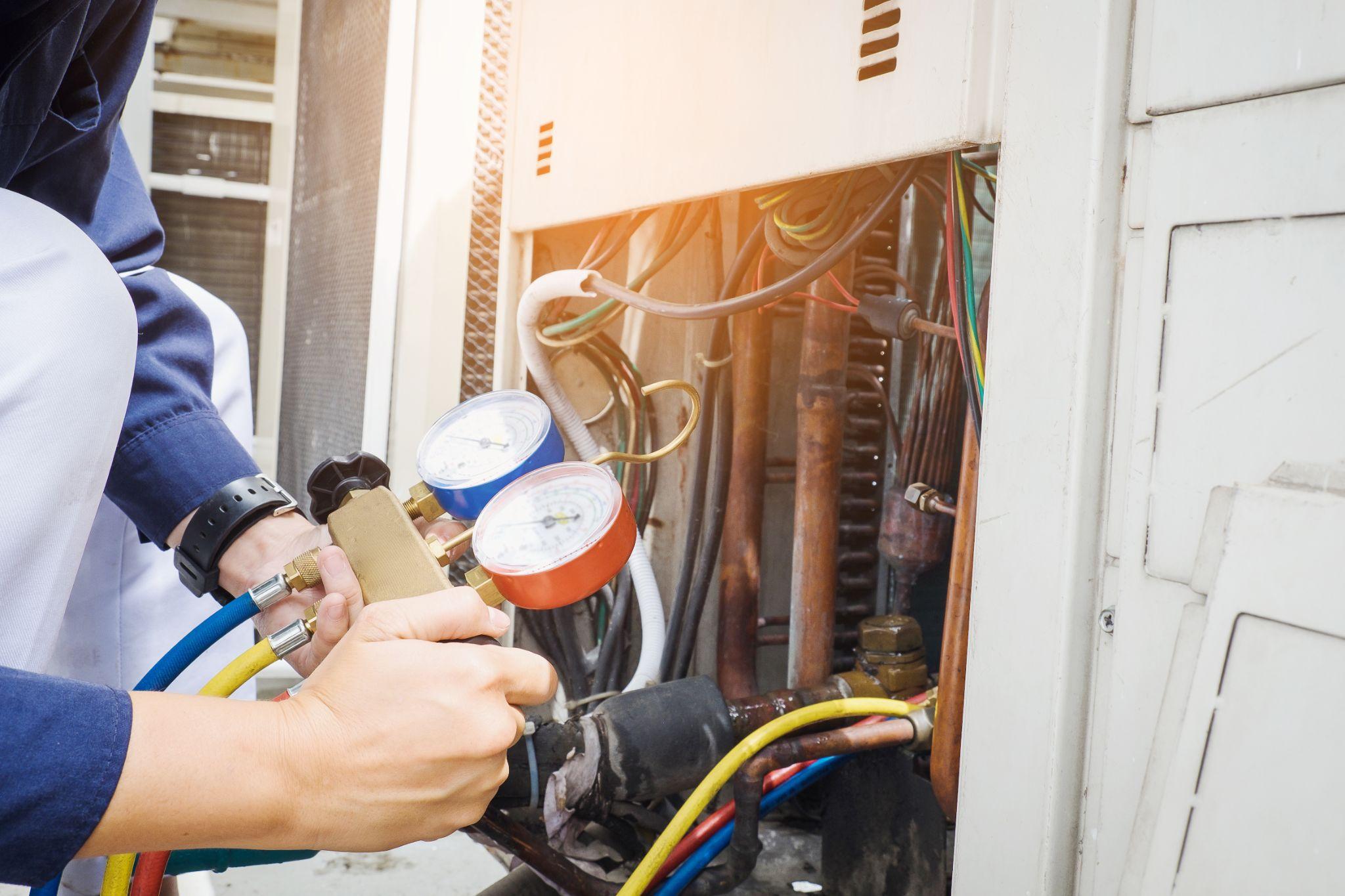What’s the Difference Between a Furnace and a Heater?

As colder weather arrives and we turn on the heat, you may be wondering what the difference is between a furnace vs. a heater. Most homes are equipped with either heaters or furnaces or sometimes both. While both keep us warm and help maintain the desired indoor temperature when it is cold outside, there are some key differences you need to know.
What Is a Heater?
For starters, a heater is a general term used to describe a wide range of heating devices that keep our homes warm. Some people use the term heater to describe their furnace. Other types of heating devices that can be called heaters include:
- Heat Pumps
- Space Heaters
- Radiant Floor Heaters
- Baseboard Heaters
- Radiators
- Fireplaces
- Wood-Burning and Pellet Stoves
- Gas Stoves
- Gas Fireplaces
- Electric Fireplaces
- Electric Heaters
Essentially, any sort of device that produces heat and helps keep a specific area within the house warm could be considered a heater.
What Is a Furnace?
On the other hand, a furnace refers to the device that creates the heat that is then moved throughout your home. When we talk about furnaces, we often think of natural gas furnaces that use natural gas and fire to create heat.
However, there are also electric furnaces that use heating elements in place of the burners and heat exchanger found in gas furnaces in order to generate heat to keep your home warm.
Many houses have a gas or electric central heating furnace that consists of several components, including:
- The Furnace – The furnace creates the heat needed to keep your house warm in the winter.
- A Blower Motor – The blower motor is a fan-like device that creates airflow to push the heated air through the ductwork and out the air vents into the rooms inside your home.
- A Thermostat – The thermostat is the device that monitors the indoor air temperature and signals the furnace to turn on when temperatures drop below the desired temperature.
- Ductwork – The ductwork is a series of “tubes” connected to the furnace that allows the heater air to be blown into and transported to the different rooms in your house.
- Air Vents – The air vents are located in each room of the home and allow the heated air to enter the room from the ductwork.
- A Return Air Vent – The return air vent recycles the air and recirculates it back through the system to be reheated and blown back into the rooms in your home while the furnace is running.
- Air Filter – The air filter is located inside the return air vent and filters out dust, pet dander, and other such contaminants to improve indoor air quality.
As you can see, your furnace is just one of the many components that are used to heat your home and keep it warm on cold winter days and nights.
What Is a Heat Pump?
Some homes might have a heat pump to generate heat to keep it warm indoors. A heat pump works differently from a furnace because it moves heated air between the outside and inside of the house.
In the summer, it moves the hot air from indoors to cool the home. Then, in the winter, it moves heated air from the outside to inside your home to create heat. This might seem confusing in winter because it is cold outside.
Unlike a furnace, a heat pump does not generate heat. Rather, it extracts heat from the outdoor air. As the air is drawn into the unit, it is passed over the cooling coils filled with refrigerant. Next, the refrigerant is compressed, which causes the release of heat.
As the refrigerant is moved through the coils, it becomes a hot gas. Indoor air is then passed over the coils containing the hot gas and absorbs the heat while cooling the gas. The cooled gas is then transferred back through the system.
The refrigerant continues to circulate through the system, and the heat pump continues to run until the desired indoor air temperature is reached. The heated air that cooled the gas is then blown into the home using a blower motor and ductwork, just like a traditional furnace.
What Is a Central Electric Heater?
Some homes might have what is called an electric packaged HVAC system. This type of HVAC system consists of an air conditioner and an electric heater contained inside a single unit outside the home. The unit is connected to ductwork and uses forced air to blow heated air into the home when the heater is turned on.
An electric heater uses electricity to generate heat on heating coils. When the system is in operation, the air is drawn into the system from inside the house and passed over the heating coils. The warmer air is then blown back into the house to keep it warm.
What Is an Electric Heater?

Electric heaters are commonly referred to as space heaters used in specific rooms in the house. For example, you might have your furnace keep the home heated to 68 degrees Fahrenheit.
However, you like it to be a bit warmer in the living room while relaxing and watching TV. So, instead of cranking up the thermostat and heating up the entire house, you use an electric heater to provide additional heat to make the room warmer and more comfortable.
Why Furnace and Heater Tune-Ups Matter
To keep your furnace, heat pump, or central electric heater running optimally, annual tune-ups are highly recommended. This type of maintenance helps identify potential problems before they become major repairs and keeps your heating system running smoothly all winter long.
For central heating furnace repairs, and replacements in New Braunfels, Temple, San Antonio, and the Austin Metro area, please feel free to contact Christianson Air Conditioning & Plumbing at 512-246-5400 today!



Sorry, comments for this entry are closed at this time.